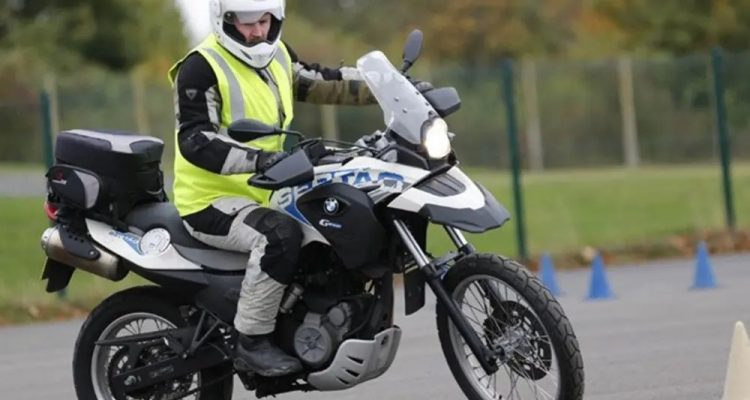There is no need to be anxious about the CBT training because it is not used to determine your success. Actually, the CBT training was created to help learners feel at ease during the course and also to freely express themselves so that their instructors can help them better. You are not forced to do anything that is against your will.
Theory and Practical Test on Motorcycle
As soon as you are able to prove to your instructor that you have understood your lessons, you will be given a CBT certificate or a DL196 certificate. The certificate you are issued is a requirement for more training and the prerequisite for obtaining full motorcycle licence. There are four major classes of a motorcycle licence but you won’t be able to get any of them if you do not have a provisional license or if you are yet to undertake a training for your theory & practical test. The theory exam consists of multiple choice questions that is organized at a DSA test centre.
The cost of the training depends on how much training you need. However, your fees should be around £200 for one day and £750 for four days.
The major classes of a motorcycle licence and the accelerated access are explained below:
1. Moped Licence: Nobody can get a moped licence except he or she is up to 17. A moped is a light motorcycle whose engine capacity is not more than 50cc and cannot travel more than 31 miles per hour. You must have got a pass score in your theory and practical tests before you can be issued the moped licence. A moped licence gives you the liberty to ride without the L-plates with a passenger.
2. Light Motorcycle Licence (A1): To obtain an A1 licence, one must be at least 17 years old and must have gone through the CBT training. Passing the theory test is another criterion but this can be overlooked if the person already has a moped licence. The practical test is compulsory and this is where you are required to display your skills on a motorcycle whose engine capacity is more than 74cc but less than 126cc. Passing the test gives one the liberty to ride with another passenger on a motorcycle with an engine capacity of 125cc or 11KW.
3. Standard Motorcycle Licence (AZ-restricted): The standard motorcycle licence is for 17to 20-year-olds that want to ride motorcycles with a much higher capacity. Just like the others, a CBT is important, after which you will be given a theory test. There will be no need to undergo this process a second time if you already have a moped licence. The next stage is to take a practical test on a machine of 120-125 engine capacity and capable of traveling 100 kilometres per hour. A satisfactory performance in the test means you can carry a passenger on a machine without the L-plates for two years. During this period, the only machine you can carry is one whose engine capacity is less than 25KW (33bhp) and the power to weight ratio must not be greater than 0.16kW/kg. These restrictions are lifted after two years if the standard motorcycle licence holder performs satisfactorily.
4. Accelerated Access: The accelerated access is for those who started with the standard motorcycle license before they turned 21. The 21-year-olds that are currently in their two year trial program can get an accelerated access licence if they pass a practical test on a 35KW machine. There is no need to wait till the end of the two years before doing this.
5. Direct Access: This is the first category of unrestricted licence and it is the privilege of those who are above 21 years. The requirements are the same as with the other licence types except that the practical test for the direct access is done on a 47bhp output machine. It is allowed to practice for the test with a machine of equal capacity provided you go with a Direct Access coach who will also ensure that your clothing is appropriate for the training.
In conclusion, bear in mind that the duration from the CBT to passing your practical test for any licence is two years. If you fail to accomplish a given task within two years after your CBT, you will be asked to start the training from the beginning.


